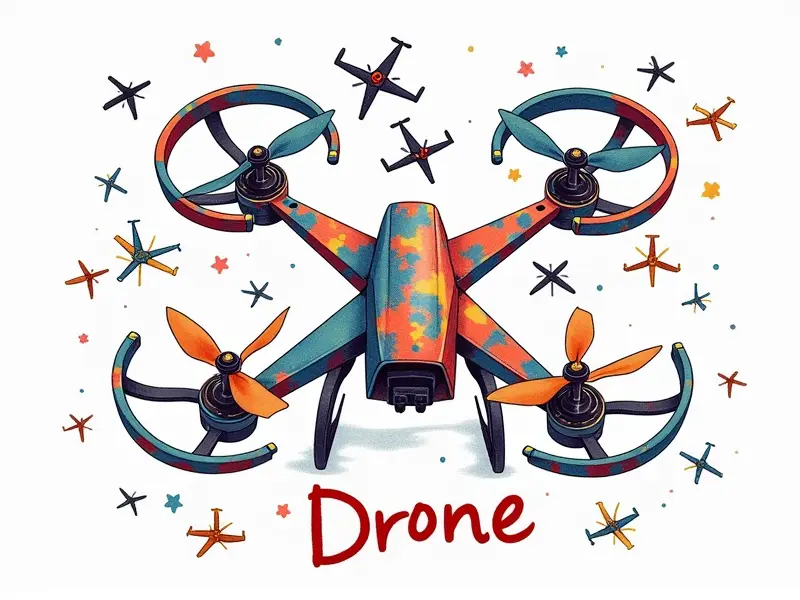Best propeller blade materials

Top Materials for RC Propellers
The choice of material for your remote-controlled (RC) propellers can significantly impact performance, durability, and cost. Common materials include carbon fiber, plastic, nylon, and wood. Each has unique properties that make it suitable for different types of drones or helicopters.
Best Blades for FPV Racing Drones
FPV racing drones demand propellers that can withstand high speeds and aggressive maneuvers without breaking. Carbon fiber blades are often the go-to choice due to their strength, lightweight nature, and ability to maintain shape under stress.
Choosing the Right Propeller Material
- Carbon Fiber: Ideal for high-performance applications where durability is crucial.
- Nylon: Offers a good balance between cost-effectiveness and performance, suitable for general use.
- Plastic: Economical but less durable; best for beginners or casual flyers.
Durability in Drone Propellers
The durability of propeller blades is critical to the longevity of your RC setup. Carbon fiber blades are highly resistant to impact and wear, making them perfect for intense flying conditions.
Lightweight vs. Heavy Duty Props
When selecting propellers, you must consider whether a lightweight or heavy-duty option suits your needs best:
- Lightweight Propellers: Perfect for agility and speed in racing drones.
- Heavy-Duty Propellers: Suitable for robust applications like large-scale models or fixed-wing aircraft.
Carbon Fiber vs. Plastic Propellers
While both materials have their merits, carbon fiber propellers outperform plastic ones in terms of strength-to-weight ratio and resistance to damage.
- Strength: Carbon fiber is significantly stronger than plastic.
- Durability: Carbon fiber blades can withstand more impacts without breaking or deforming.
Enhancing Performance with Blade Choice
The type of propeller blade you choose can greatly affect your RC model's performance. Factors like pitch, diameter, and material composition all play a role in determining how well your drone will fly.
Longevity of RC Propeller Materials
Maintaining the longevity of your propellers is essential for consistent performance. Regular inspection and replacement when necessary can prevent unexpected failures during flight.
Impact Resistance in Propeller Blades
The ability to withstand impacts without breaking or deforming is a key consideration when selecting propeller blades, especially for FPV racing drones that encounter frequent collisions.
Optimal Propeller Materials for RC Helis
For remote-controlled helicopters, the choice of material can affect stability and maneuverability. Carbon fiber remains an excellent option due to its lightweight nature and high strength.
Budget-Friendly Propeller Options Reviewed
If you're looking for cost-effective propellers without compromising too much on quality, consider nylon or plastic blades. These materials offer a good balance between affordability and performance.
Conclusion
The selection of the right material for your RC propellers is crucial to achieving optimal flight performance and durability. Whether you're flying FPV racing drones, general-use models, or remote-controlled helicopters, understanding the characteristics of different materials can help you make an informed decision that best suits your needs.

